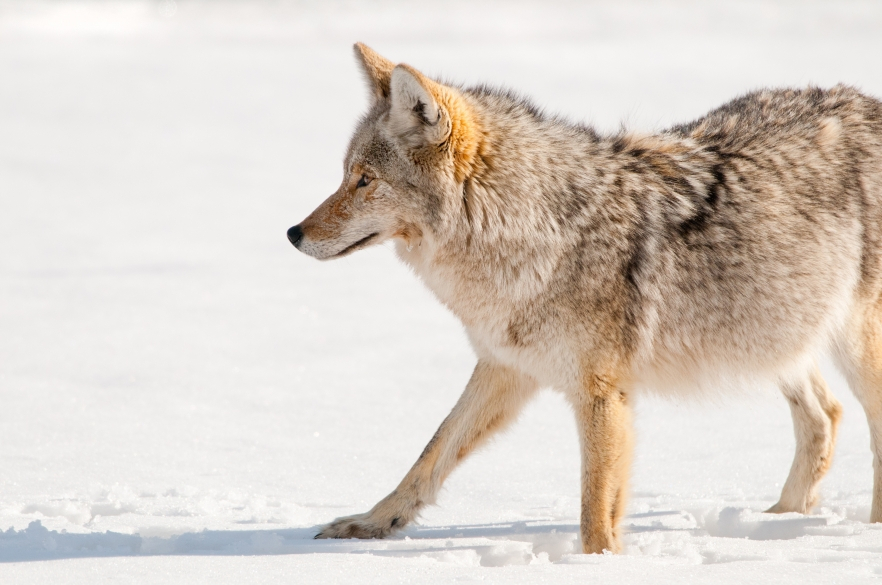
Nebraska's Geoff Nemnich is a two time world champion coyote caller and manages the Lucky Duck Decoy Company's Pro Staff. Nemnich is one of those rare individuals who is not only a great predator hunter... but a great teacher, quick to share his knowledge to help other predator hunters become more successful. As winter progresses, Nemnich stresses that coyote hunters have to make some major adjustments to not only their calling strategies but stand placement in order to be successful.
Nemnich offers these insights for calling coyotes as the season progresses into mid and late winter.
1. Think outside the box! By the time the new year rolls around, most coyotes have heard and seen it all. New sounds and varying your stand position in relation to what sounds you used and where you set up earlier in the season will make a big difference!
2. When choosing sounds on your ecaller for late season calling, focus more on coyote related sounds. As coyotes transition from sustaining themselves as an individual to sustaining themselves as a species they will generally respond better to howls, fights and breeding sounds.
3. Be patient...in most cases coyotes responding to howls will approach the call with more caution than normal. This equates to a slower pace which means it can be beneficial for you to sit 10-15 minutes longer on stand than you normally would earlier in the season.
4. For a sound-sequence recipe; start your stand off with a series of 4-5 female lone howls scattered over the first 2- 3 minutes. After waiting another 2 mins in silence, start in with some female whimpers and/or estrus chirps. Let that play until the 10 minute mark. After waiting another 2 minutes in silence play a group serenade for 2 minutes. From that point roll into an aggressive coyote fight sound until the 20 minute mark. Sit quiet for 2 minutes then end the stand with several lone howls. If you get a coyote to answer you know exactly where to go on your next stand.
5. Prepare yourself for longer shots. Using a scope dial or drop reticle and knowing the drop of your bullet at extended ranges will allow you to ethically and effectively make shots out past 250 yards. It's not uncommon for coyotes later in the season to hang up out past 300 yards and just look at the call. Being prepared for these situations will allow you the opportunity to harvest more coyotes.